Should you plant mustard in the spring in front of tomatoes?
When growing tomatoes in one area, a huge amount of nutrients necessary for the growth and fruiting of plants are removed from the soil every year. The amount of these elements is in direct proportion to the yield of the vegetable crop. To restore soil fertility, gardeners most often use mineral and organic fertilizers. Often the monetary costs of feeding remain unjustified due to their high cost. Therefore, the greening method has recently gained popularity - preliminary planting of white mustard before planting tomatoes. A useful plant can be successfully sown in spring.
What is spring planting for?
Sideration is an ecological and effective way of fertilizing the soil with only natural organic compounds. The essence of the agrotechnical technique is to build up the green mass of mustard, after which it is mowed and embedded in the ground. Using this method helps to saturate the soil with minerals and improve its structure. The soil accumulates a sufficient amount of phosphorus, nitrogen and potassium for optimal growth and fruiting of tomatoes.
Advice
You can sow mustard in areas adjacent to tomatoes. After mowing, the green nutrient mass is transferred to the tomato beds and carefully dug up from the ground. The roots remaining in the soil quickly rot and additionally fertilize the site.
Annual white mustard is ideal as a green manure because of its ability to quickly build green mass. It is extremely frost-resistant, which allows it to be planted immediately after the soil thaws. Due to the rapid growth of mustard, gardeners have time to fertilize the soil in the spring just before planting tomatoes.
You can sow a plant at different time intervals.
- In the spring. The most successful way to enrich even deep soil layers. All nutrients remain in the ground and are fully absorbed by tomato seedlings and adult plants.
- Autumn. Mustard is planted after harvest in tomato growing areas. After the snow cover melts, many beneficial trace elements are washed out of the soil.
In early spring, mustard quickly starts to grow and gains green mass under the first rays of the sun. Approximately 10-14 days before planting tomatoes, it is mowed and buried in the ground. It is not necessary to dig deep into the soil - some gardeners leave mustard right on the surface. This mulch will have a beneficial effect on the further growing of tomatoes.
Features of spring planting
Tomatoes are heat-loving crops. Gardeners plant them late enough, when a stable temperature is established and the threat of frost has completely passed. So that the beds are not empty before planting tomatoes, you can sow white mustard seeds on them in early spring. The plant is a cold-resistant green manure that can withstand short-term frosts. Mustard builds up the green mass necessary for fertilizing the soil within a month, so you can roughly calculate the time of planting seeds, focusing on the time of planting tomatoes.
Advice
Using green mass as mulch, you can solve two problems at once. Firstly, the volume of water required for irrigation is significantly reduced, and secondly, the number of weeds on tomato beds is reduced.
Experienced gardeners recommend planting tomatoes directly in the growing mustard. Siderata will reliably protect immature young plants.After the seedlings start growing, the mustard is mowed and laid out on the surface of the garden. The roots remaining in the ground are decomposed into nutrients, while loosening the soil, providing easy access to fresh air.
The peculiarities of green manure with the help of mustard include the ability of the cut plants to start growing again. This allows the gardener to not worry about fresh mulch during the growing season. The beds with tomatoes are constantly covered with green mass, and the roots of the vegetable crop receive the necessary mineral elements all summer. After harvesting the last tomato crop in the fall, the mulch must be mixed with the ground.
How spring sowing of mustard helps tomatoes
White mustard is used in spring as a fertilizer for many vegetable crops, except for those that belong to the Cruciferous family (cabbage), as it itself is part of this group. The plant contains a significant amount of phytoncides - biologically active substances that protect tomatoes from infectious fungal diseases (late blight, rhizoctonia). And spicy essential oils have the ability to repel garden pests. After sideration in tomato beds, you rarely see:
- slugs;
- wireworms;
- grub larvae.
Unlike other plants used as green manure, mustard germinates a few days after sowing in the spring at low temperatures. The green mass contains many organic compounds and trace elements: phosphorus, potassium and nitrogen. The balanced composition of mustard is important - after it is introduced into the soil, there is no overabundance of any element, which can negatively affect the growth of tomato seedlings. Fragrant essential oils attract not only bees, but also other beneficial insects that can destroy pests and pollinate plants.
Advice
Gardeners living in areas where strong winds constantly blow, with the help of mustard crops, protect their plantings. After mowing the first green mass in spring, the seeds of the plant are planted again. This method of growing allows not only to protect tomatoes from winds, but also throughout the summer. fertilize tomato beds.
Mustard is characterized by deep root penetration into the soil, which contributes to its structuring, oxygenation and protection from wind erosion. The undoubted advantage of this culture is the ability to grow on extremely poor soils. A strong root system extracts the nutrients necessary for growth even from such soil. In the process of decomposition, the green mass of plants forms mineral compounds, which are easily absorbed in the spring by the more tender roots of tomatoes.
Spring cultivation technology
Planting and using white mustard as a green manure differs significantly from growing it as a spice crop. As soon as the snow cover melts, you can start gardening work. Preparing the soil consists in leveling frozen blocks of earth with a rake and digging it.
Sowing white mustard seeds can be done in two ways.
- Continuous sieving. The seeds are scattered very thickly on the ground and covered with a rake. In order for the mustard to quickly start growing, the plants are fed with nitroammophos during planting.
- Ordinary sieving. Well-loosened soil is required for this planting method. After cutting the furrows with the hoe angle, the seeds are sown and buried. Spruce branches or other mulch are laid on top of the site.
If necessary, the plants need to be watered, but usually the soil is moist enough in spring. Mustard can be mowed for embedding in the ground under tomatoes after growing up to 20-25 cm.
Mustard cannot be grown as a siderat for more than a month. She will bloom and set seeds. After they enter the soil, together with the green mass, they will move into growth and will pull nutrients from the roots of tomatoes.Mulch cut late is coarser and more fibrous.
Mustard grows quickly, does not require special care, planting it does not take a lot of time and effort from the gardener. But its benefits are difficult to overestimate. Tomatoes all summer will receive useful trace elements and delight the owner of the site with large fruits. In addition, tomato beds will receive reliable protection from insidious pests.
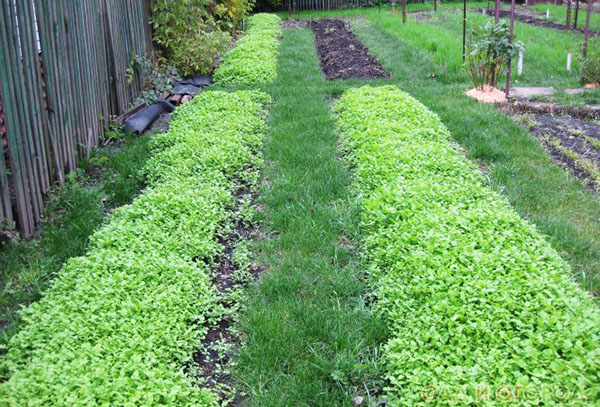
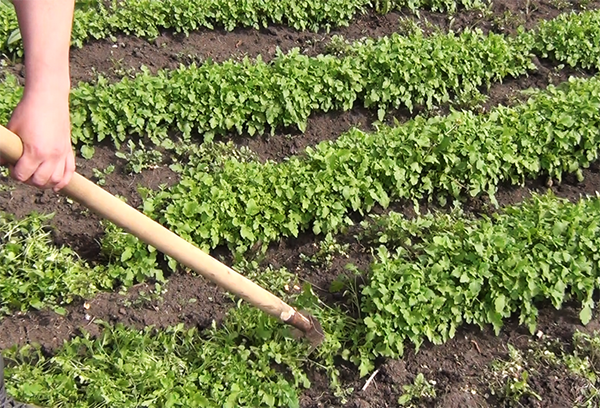
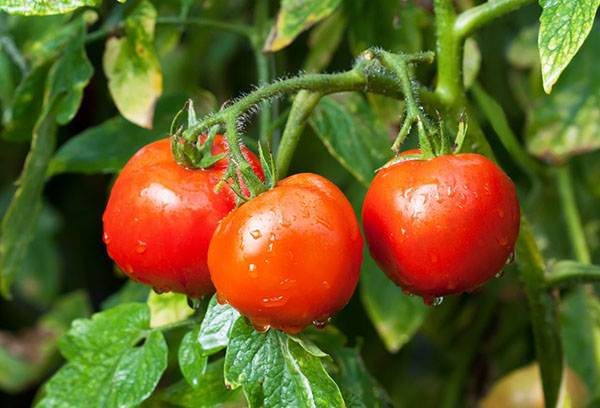
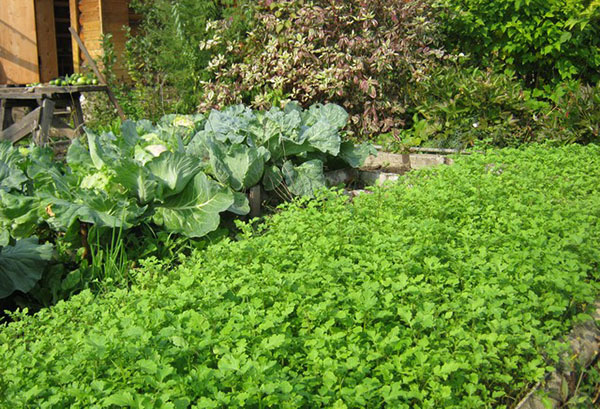
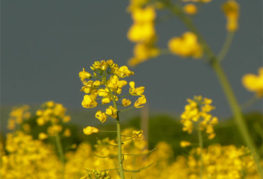
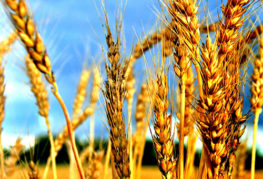
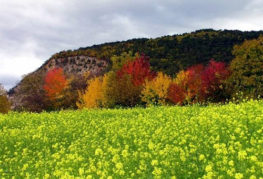
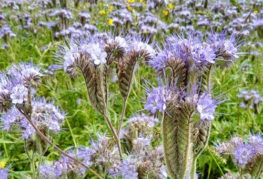
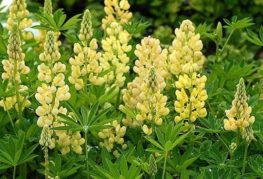
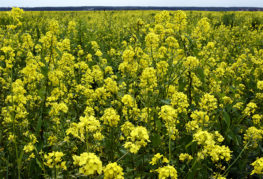
and will be published shortly.